Wood Insect Inspection Services
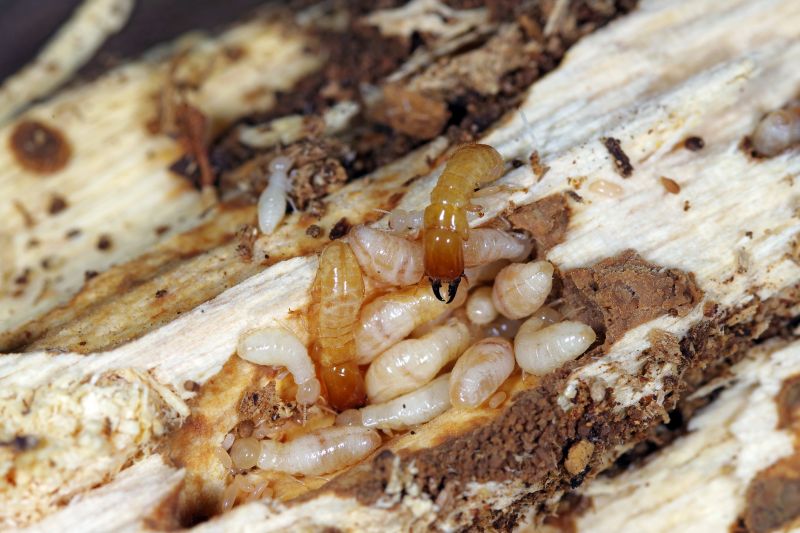
Spring is ideal for inspections as insects become active after winter dormancy, making infestations easier to detect.
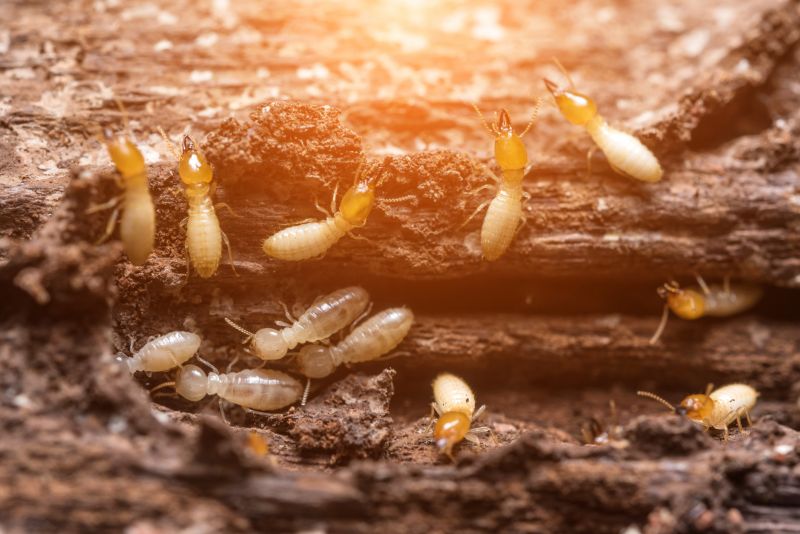
Summer offers warm conditions that facilitate insect activity, allowing for thorough assessment of vulnerable wood structures.
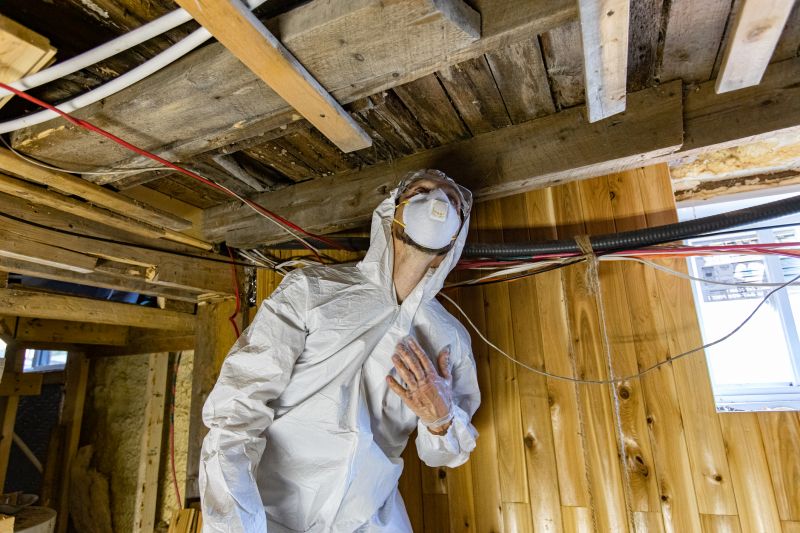
Fall inspections can identify early signs of infestation before winter, aiding in timely treatment.

Ways to make Wood Insect Inspections work in tight or awkward layouts.

Popular materials for Wood Insect Inspections and why they hold up over time.

Simple add-ons that improve Wood Insect Inspections without blowing the budget.
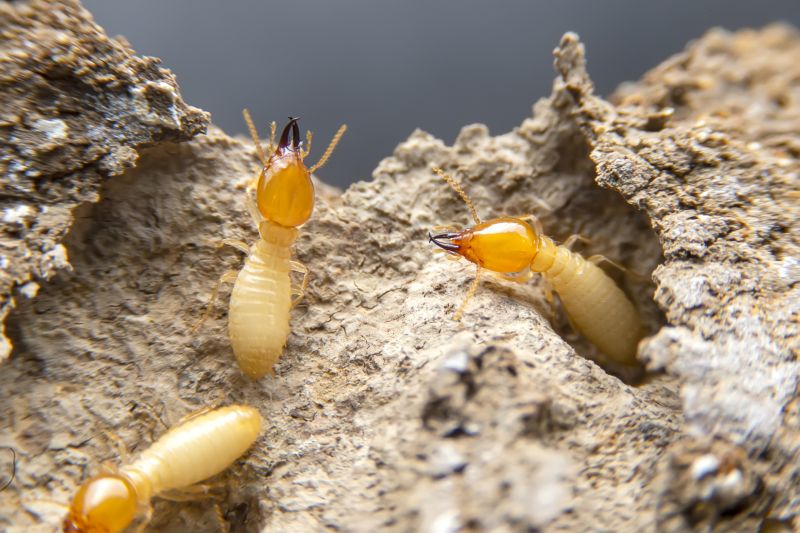
High-end options that actually feel worth it for Wood Insect Inspections.
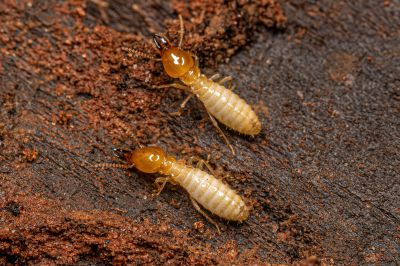
Finishes and colors that play nicely with Wood Insect Inspections.
Wood insect inspections are essential for identifying early signs of infestation by pests such as termites, beetles, and carpenter ants. These pests can cause significant structural damage if left unchecked. Conducting inspections during peak activity periods ensures that infestations are detected promptly, reducing repair costs and preventing further damage.
Statistics indicate that over 600,000 homes in the United States are affected by termite damage annually, with repair costs reaching billions of dollars. Early detection through regular inspections can mitigate these expenses and preserve the integrity of wooden structures.
Look for mud tubes, hollow-sounding wood, and visible pests to identify potential infestations early.
Routine inspections help detect issues before they become severe, saving money and preventing structural damage.
Understanding seasonal activity patterns can improve inspection timing and effectiveness.
Professional inspections include visual assessments, moisture measurements, and sometimes, advanced detection tools.
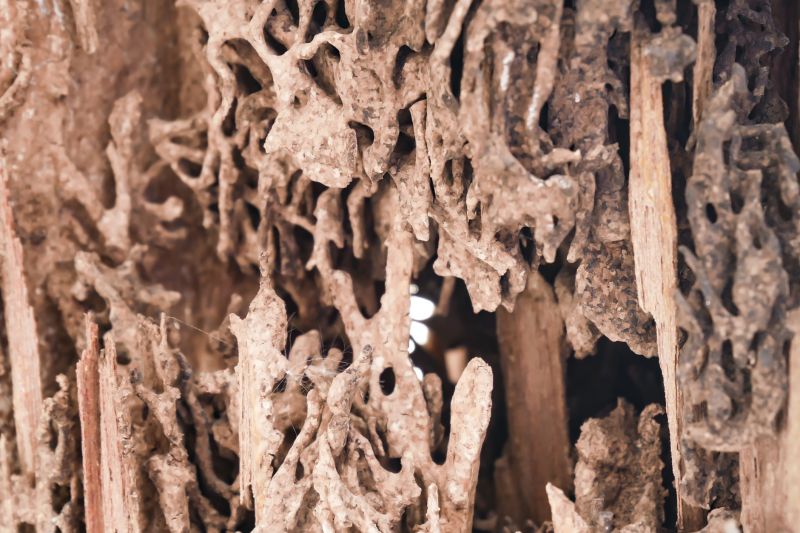
Termite damage often appears as hollowed-out wood with mud tunnels.
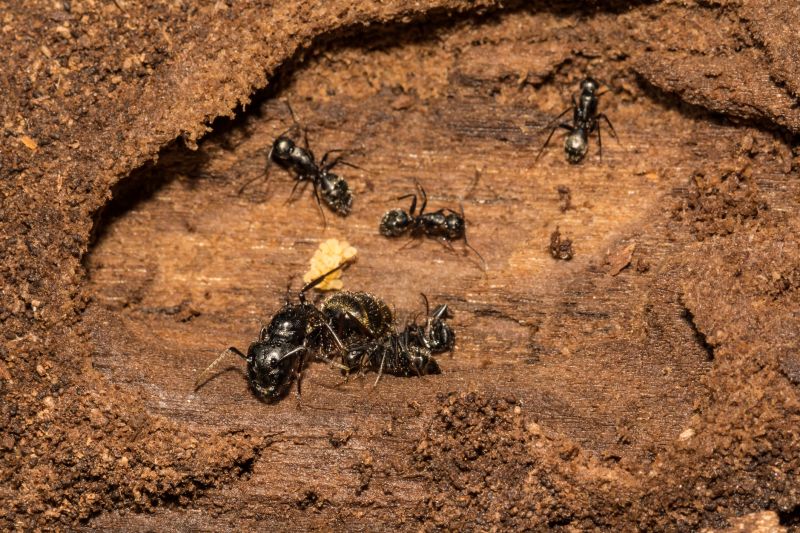
Carpenter ants create sawdust-like debris and hollow wood structures.
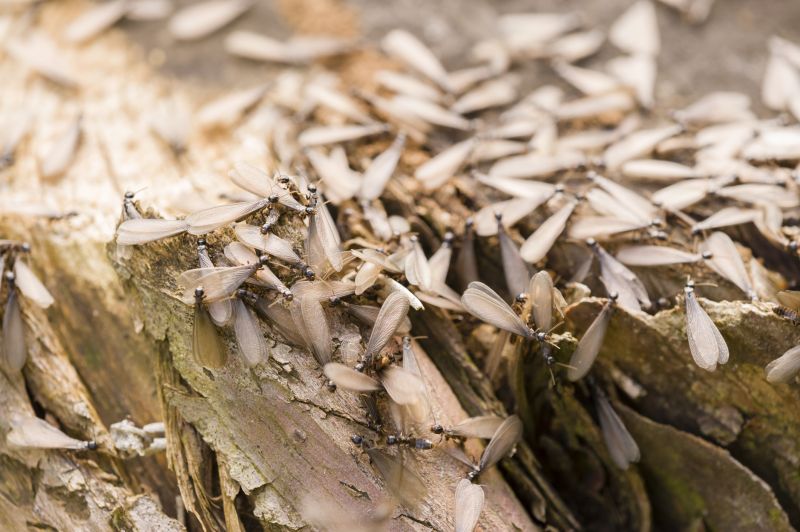
Presence of winged insects or discarded wings signals active infestation.
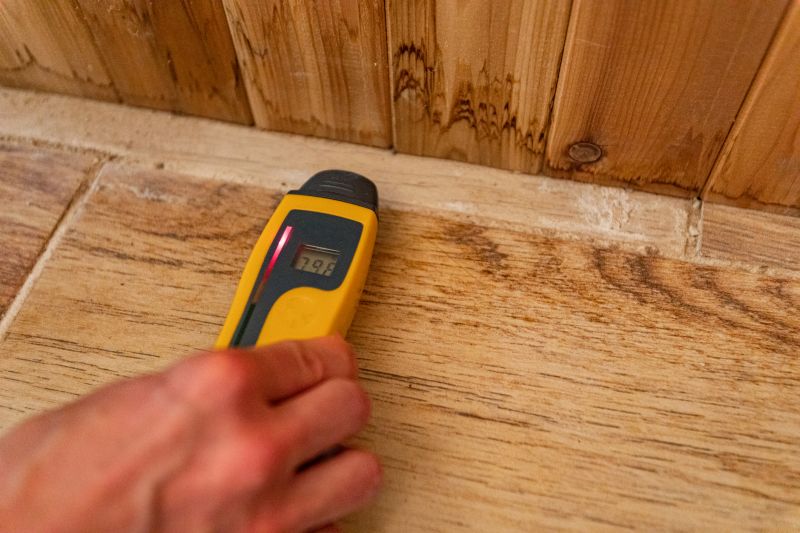
Moisture meters and infrared cameras assist in detecting hidden pests.
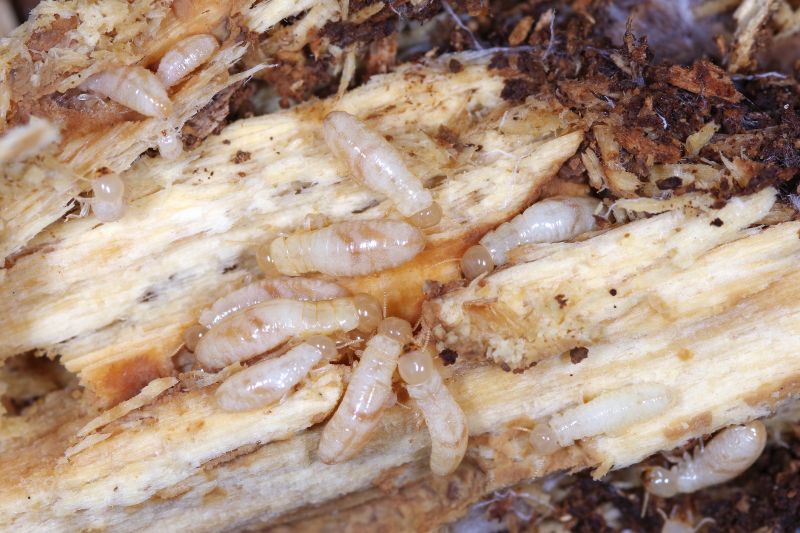
Healthy wood is solid and free of tunnels or frass.
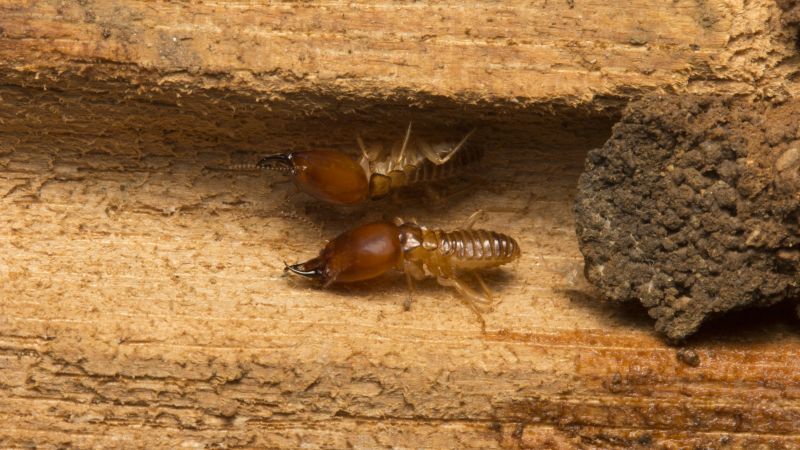
Attics, basements, and wooden exterior structures are typical locations.

Small holes, frass, and damaged wood surfaces are early warning signs.

Follow professional advice for treatment and prevention strategies.
| Season | Best Inspection Practices |
|---|---|
| Spring | Conduct visual checks for emerging pests and damage signs. |
| Summer | Use moisture meters to detect hidden infestations. |
| Fall | Inspect before winter to address issues proactively. |
| Winter | Limited activity; focus on structural assessments and preventive measures. |
| Year-round | Schedule regular inspections based on property needs and history. |
Regular wood insect inspections are vital for maintaining the safety and longevity of wooden structures. Early detection allows for targeted treatment, minimizing damage and repair costs. Understanding seasonal activity patterns enhances inspection effectiveness, ensuring pests are identified when they are most active.
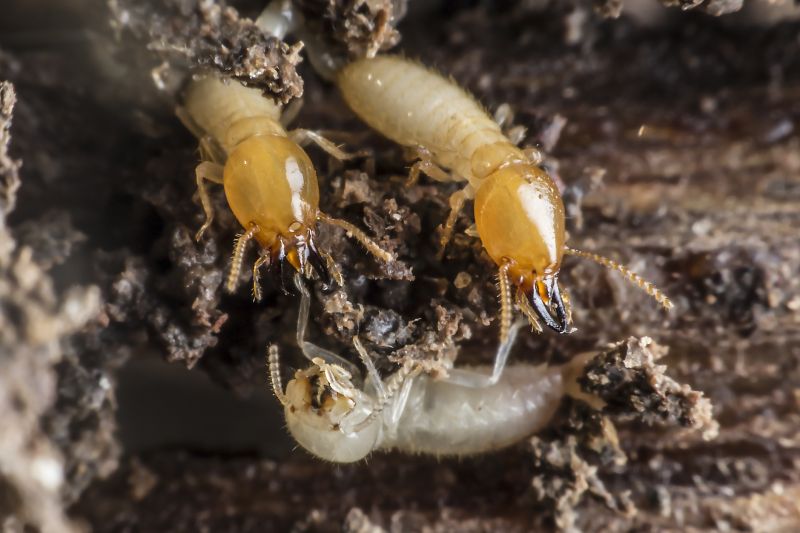
A thorough assessment includes visual inspection, moisture testing, and sometimes, advanced detection tools.
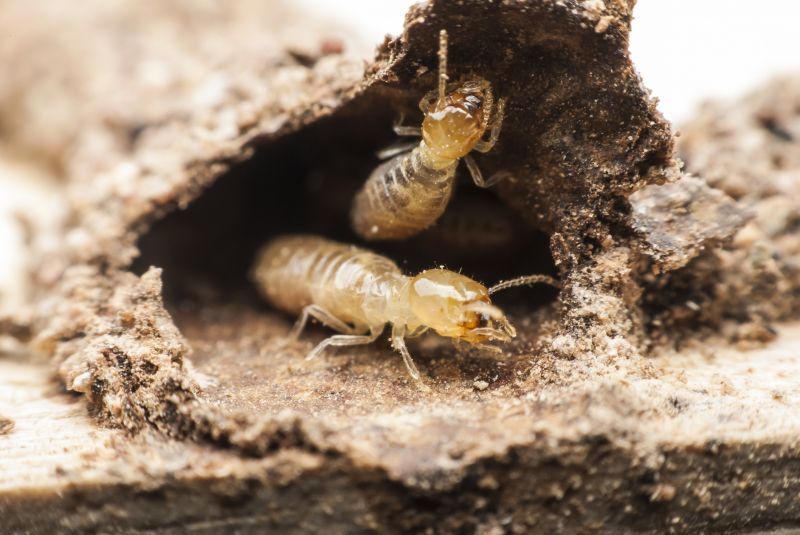
Early signs include small holes, frass, and mud tubes.
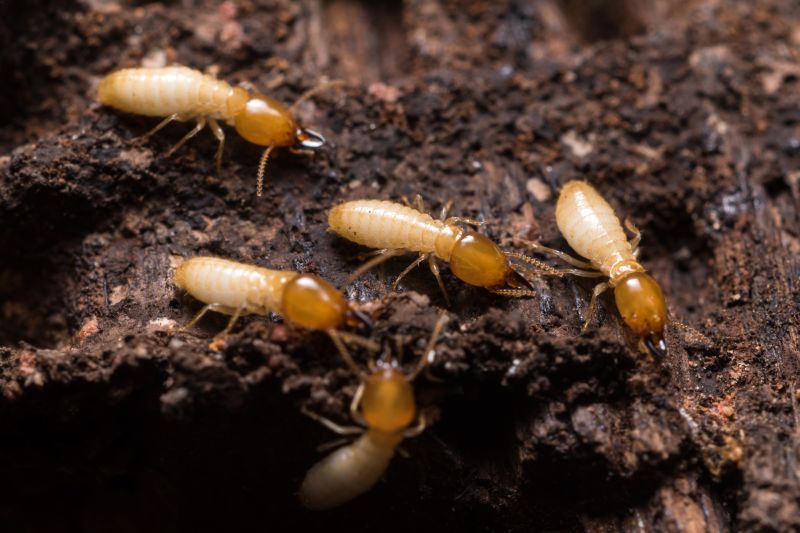
Insect activity peaks during warmer months, making inspections more effective.

Experts identify hidden issues and recommend appropriate treatments.
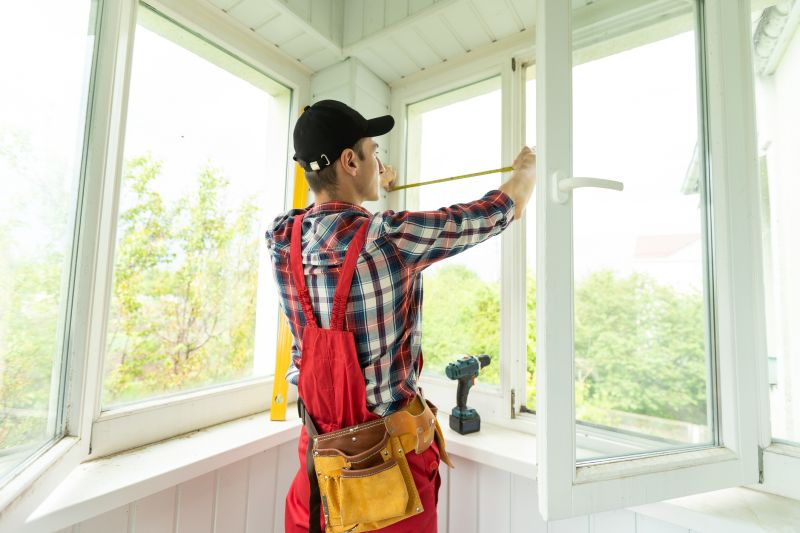
Little measurements that prevent headaches on Wood Insect Inspections day.
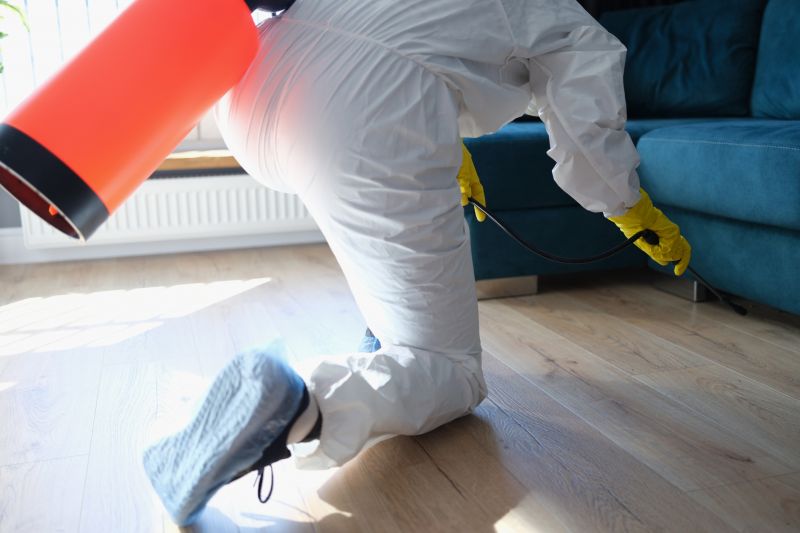
A 60-second routine that keeps Wood Insect Inspections looking new.
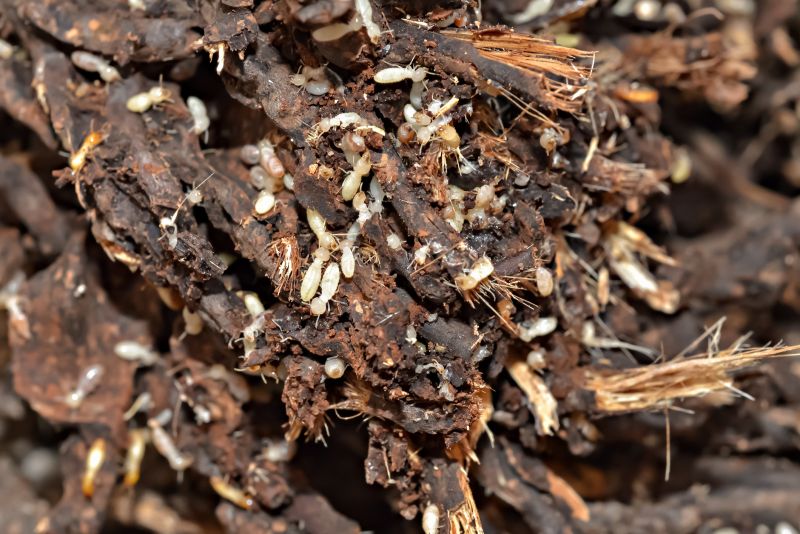
A frequent mistake in Wood Insect Inspections and how to dodge it.

Small tweaks to make Wood Insect Inspections safer and easier to use.
Interested property owners are encouraged to contact professionals for comprehensive inspections. Regular assessments can prevent costly damage and help maintain the structural integrity of wooden components.



